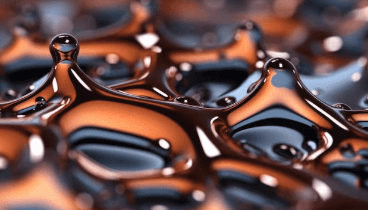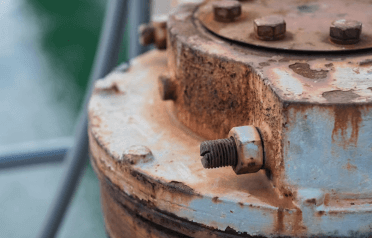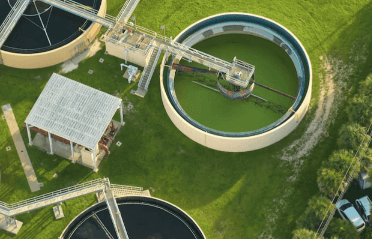Question
a.
0.01cm/Sec
b.
0.13cm/Sec
c.
0.24cm/Sec
d.
0.36cm/Sec
Posted under Environmental Engineering
Interact with the Community - Share Your Thoughts
Uncertain About the Answer? Seek Clarification Here.
Understand the Explanation? Include it Here.
Q. What is the settling velocity of the particle if its diameter is 2 * 10⁻³cm. Given G=2.65, viscosity v=8 * 10⁻³cm²/Sec?
Similar Questions
Explore Relevant Multiple Choice Questions (MCQs)
Q. In a rectangular horizontal flow tank, the maximum permissible velocity is ____ m/Sec.
View solution
Q. The time period for which the water is stored in a sedimentation tank is called _____
View solution
Q. Settling velocity of a spherical body in a viscous fluid is given by ___________
View solution
Q. In a fill and draw type sedimentation tank, a detention period of ____ hours is provided.
View solution
Q. Which of the following represents the correct relation between displacement velocity and diameter of the particle?
View solution
Q. The detention period of a rectangular tank is given by _______
View solution
Q. The average time required by water to pass through the settling tank is called _______
View solution
Q. Range of Displacement efficiency in the plain sedimentation tank is ___________
View solution
Q. The quantity of water flowing per hour per unit horizontal area is called ________
View solution
Q. Settling tank efficiency is reduced by _______
i. Eddy current
ii. Surface current
iii. Density current
View solution
Q. 1cm per second settling velocity corresponds to a surface loading of ______ litre per day per m².
View solution
Q. What will be the surface area of the basin for a flow of 2*10⁶ litre per day having a surface loading rate 10,000 litre/day/m²?
View solution
Q. The detention period of the vertical flow clarifier is _______
View solution
Q. The design value of surface loading for horizontal flow circular sedimentation is _______
View solution
Q. Detention time for a circular tank is given by _______
View solution
Q. The sedimentation basin should be made as deep as possible.
View solution
Q. What is formed when coagulant is added to water?
View solution
Q. The chemical composition of Alum is _____________
View solution
Q. The chemical compound which is insoluble in water, formed when alum is added to water is _____________
View solution
Q. Which gas is released when alum is added to water?
View solution
Recommended Subjects
Are you eager to expand your knowledge beyond Environmental Engineering? We've handpicked a range of related categories that you might find intriguing.
Click on the categories below to discover a wealth of MCQs and enrich your understanding of various subjects. Happy exploring!








